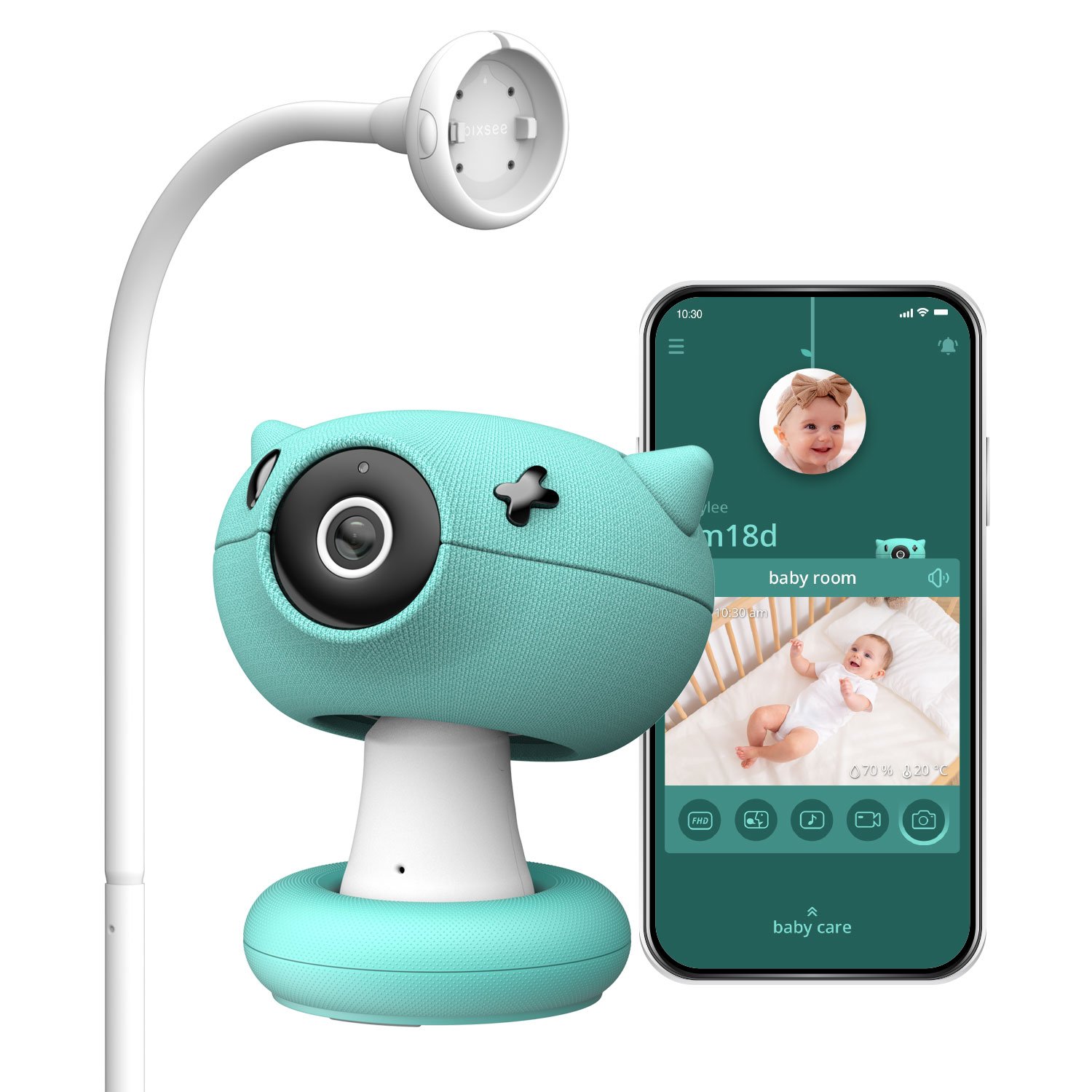You've already packed your hospital bag, practiced driving to the hospital, set up your car seat, and learned to use that complicated-looking bottle sanitizer. If you're allowed the time and space to practice the hard work of motherhood, why shouldn't your uterus get to practice for the big day? That's what's happening each time you experience a Braxton Hicks contraction!
While these uncomfortable spasms are most common during the third trimester, your body starts preparing for birth much earlier. Some new moms experience these jarring jolts as early as the first or second trimester of pregnancy. Are these early contractions routine, or should you run for the delivery room?
We've created this guide to help answer all your most pressing questions about these "practice contractions" as you approach your sweet baby's birthday. We'll help you understand what's happening during a Braxton Hicks contraction and what to do if they're causing discomfort.
Read on to uncover our best parenting tips for surviving the Braxton Hicks blues.
What Are Braxton Hicks Contractions?
.png?width=700&height=466&name=Pregnant%20Photos%20(3).png)
Dr. John Braxton Hicks first observed Braxton Hicks contractions during the 19th century. Before that, most doctors believed that contractions were only possible during the final weeks of pregnancy. His observant "discovery" helped alleviate a lot of stress in his patients, who were unwilling to believe their early contractions were in their heads!
Today, any non-labor contraction is a Braxton Hicks contraction. A contraction is the sudden tightening of a muscle. In the case of pre-labor contractions, the muscle in question is your uterus.
Braxton Hicks contractions usually aren't painful. Your belly might feel tight, and you might become more aware of your breathing. Some women describe them as similar to mild period cramps.
Like most expecting moms, your uterus wants to get ready for labor. Braxton Hicks contractions are your body's way of practicing for the real thing.
When Do Braxton Hicks Contractions Start?
You'll probably begin hearing about Braxton Hicks contractions around your second trimester, though many first-time moms don't experience them until trimester three. It's never too early for non-labor contractions to strike, however. Women have reported experiencing Braxton Hicks contractions as early as six weeks into a pregnancy.
Early contractions are not usually a sign that you're going into labor early. More often than not, there's a less alarming explanation: dehydration. The quickest way to stop contractions is to ensure you're hydrated throughout the pregnancy.
The following can also trigger Braxton Hicks contractions:
- A full bladder
- Sexual activity
- Physical activity
- An active baby in utero
- Someone touching or interacting with your abdomen
The average pregnant woman won't experience Braxton Hicks contractions until her third trimester when the uterus begins preparing itself for labor. They're a natural, unpredictable part of pregnant life. The first ones may seem scary, but soon you'll start to see them as a benign nuisance!
Are My Contractions Normal?
-2.png?width=1950&name=Infographics%20(1)-2.png)
Most Braxton Hicks contractions last for thirty seconds or less. Compare them to labor contractions, which last between 30 seconds and one minute. They often strike irregularly, with no rhyme or reason.
Most women don't experience Braxton Hicks contractions more than once or twice in one hour, though they may become more frequent as your due date approaches. You can expect them a few times each day.
Labor contractions are far more coordinated and will come at predictable intervals. Labor contractions will also increase in intensity. The time between labor contractions will decrease as time goes on.
Labor contractions are also more painful and persistent.
When to Call Your Doctor?
Most medical professionals ask you to follow the 5-1-1 rule. In essence, if your contractions occur every five minutes, last about one minute each, and go on for at least one hour, you may be experiencing labor. You should always contact your doctor if you're in pain.
Call your doctor immediately if you notice decreased fetal movement or your water breaks, especially if it's early in your pregnancy. If you're concerned, always reach out with your questions—you aren't bothering anyone!
How to Ease Discomfort During Contractions
If your practice contractions are bugging you, there are a few ways to find relief. Remember that all bodies are different, and something that works for one woman might not work for you. Give these techniques a shot, and eventually, you'll find the right one for you.
Techniques for relieving discomfort include:
- Drinking water and other non-diuretic beverages
- Getting up and moving around or taking a short walk
- Spending some time soaking in a warm bath
- Getting a professional prenatal massage
- Applying a heating pad
- Taking a nap if you've been active
- Deep breathing or meditation
Sometimes finding relief is as simple as shifting your position in bed or on the couch. A Braxton Hicks contraction is a lot like any other cramp. It's a short-lived distraction that usually vanishes when you drink a glass of water.
Your Sweet Baby Is On Its Way
 Braxton Hicks contractions might be uncomfortable, but they are the first sign that beautiful changes are coming. Every jolt will remind you that your sweet baby is getting ready to meet you! We promise these cramps are short-lived and are worth every second of discomfort.
Braxton Hicks contractions might be uncomfortable, but they are the first sign that beautiful changes are coming. Every jolt will remind you that your sweet baby is getting ready to meet you! We promise these cramps are short-lived and are worth every second of discomfort.
After labor and delivery, life with your new baby can begin, and you won't want to miss any of it. Your Pixsee smart baby monitor will capture every smile, giggle, and milestone so you can focus on living in the moment.
Visit our Pixsee Shop and Amazon online store to learn how to make sharing your precious memories simple with the award-winning Pixsee App.



.png)



